भगवद गीता: अध्याय 1, श्लोक 41
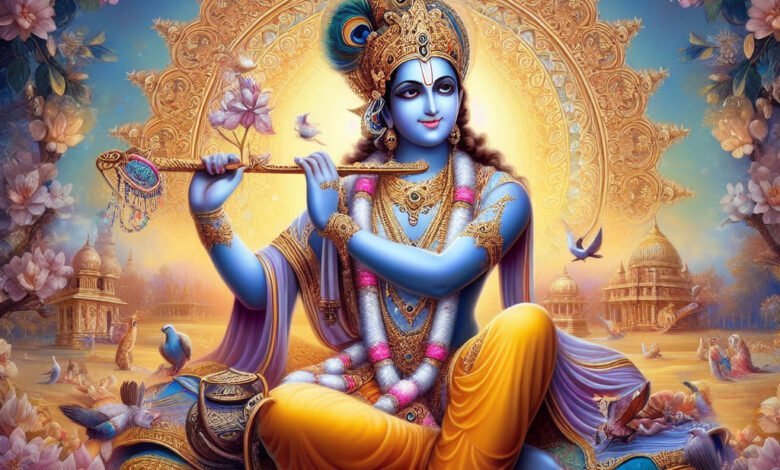
अधर्माभिभवात्कृष्ण प्रदुष्यन्ति कुलस्त्रियः।
स्त्रीषु दुष्टासु वार्ष्णेय जायते वर्णसङ्करः॥41॥
अधर्म-अधर्म; अभिभवात्-प्रबलता होने से; कृष्ण-श्रीकृष्ण; प्रदुष्यन्ति-अपवित्र हो जाती हैं; परिवार-कुल; स्त्रिय-परिवार की स्त्रियां; स्त्रीषू-स्त्रीत्व; दुष्टासु-अपवित्र होने से वार्ष्णेय-वृष्णिवंशी; जायते-उत्पन्न होती है; वर्ण-सङ्कर अवांछित सन्तान।
Hindi translation: अधर्म की प्रबलता के साथ हे कृष्ण! कुल की स्त्रियां दूषित हो जाती हैं और स्त्रियों के दुराचारिणी होने से हे वृष्णिवंशी! अवांछित संतानें जन्म लेती हैं।
वैदिक सभ्यता में नारी का स्थान: एक विश्लेषण
प्रस्तावना
वैदिक काल से ही भारतीय संस्कृति में नारी को विशेष महत्व दिया गया है। इस युग में स्त्रियों को समाज में उच्च स्थान प्राप्त था और उनकी शुचिता एवं सदाचारिता को अत्यंत महत्वपूर्ण माना जाता था। इस लेख में हम वैदिक सभ्यता में नारी के स्थान, उनकी भूमिका और समाज पर उनके प्रभाव का विस्तृत विश्लेषण करेंगे।
वैदिक काल में नारी का स्थान
नारी का सम्मान
वैदिक काल में नारी को देवी के रूप में पूजा जाता था। मनुस्मृति में एक प्रसिद्ध श्लोक है:
“यत्र नार्यस्तु पूज्यन्ते रमन्ते तत्र देवताः” (3:56)
इसका अर्थ है: “जहाँ स्त्रियों का सम्मान किया जाता है, वहाँ देवता प्रसन्न रहते हैं।” यह श्लोक स्पष्ट रूप से दर्शाता है कि वैदिक समाज में नारी के सम्मान को कितना महत्व दिया जाता था।
शिक्षा और ज्ञान में नारी की भूमिका
वैदिक काल में स्त्रियों को शिक्षा का पूरा अधिकार था। कई महान विदुषी महिलाओं के नाम इतिहास में दर्ज हैं, जैसे:
- गार्गी
- मैत्रेयी
- लोपामुद्रा
- अपाला
ये महिलाएँ न केवल शिक्षित थीं बल्कि वैदिक ज्ञान में भी पारंगत थीं। उन्होंने कई महत्वपूर्ण वैदिक मंत्रों की रचना की और दार्शनिक चर्चाओं में भाग लिया।
विवाह और पारिवारिक जीवन
वैदिक काल में विवाह को एक पवित्र संस्कार माना जाता था। पति और पत्नी को समान महत्व दिया जाता था और उन्हें “दम्पति” कहा जाता था, जिसका अर्थ है “घर के स्वामी”।
नारी के गुण और उनका महत्व
शुचिता और सदाचारिता
वैदिक समाज में स्त्रियों में शुचिता और सदाचारिता के गुणों को अत्यंत महत्वपूर्ण माना जाता था। ये गुण न केवल व्यक्तिगत विकास के लिए आवश्यक थे, बल्कि समाज के स्वस्थ विकास के लिए भी महत्वपूर्ण थे।
पतिव्रता धर्म
पतिव्रता धर्म का अर्थ केवल पति की सेवा करना नहीं था, बल्कि यह एक ऐसा आदर्श था जो स्त्री को समाज में उच्च स्थान प्रदान करता था। एक पतिव्रता स्त्री को समाज में अत्यंत सम्मान की दृष्टि से देखा जाता था।
समाज पर नारी का प्रभाव
सामाजिक संरचना में नारी की भूमिका
वैदिक समाज में नारी केवल घर तक सीमित नहीं थी। वे समाज के विभिन्न क्षेत्रों में सक्रिय भूमिका निभाती थीं:
- शिक्षा: कई स्त्रियाँ शिक्षिकाएँ और गुरु थीं।
- राजनीति: कुछ स्त्रियाँ राज्य के मामलों में सलाहकार की भूमिका निभाती थीं।
- धार्मिक कार्य: कई स्त्रियाँ यज्ञ और अन्य धार्मिक अनुष्ठानों में भाग लेती थीं।
नैतिक मूल्यों का संरक्षण
स्त्रियों को समाज में नैतिक मूल्यों के संरक्षक के रूप में देखा जाता था। उनके आचरण और व्यवहार से समाज के अन्य सदस्य प्रेरणा लेते थे।
नारी के पतन का प्रभाव
समाज पर नकारात्मक प्रभाव
जब स्त्रियाँ अपने उच्च आदर्शों से विचलित होती हैं, तो इसका समाज पर गहरा नकारात्मक प्रभाव पड़ता है। मनुस्मृति में इस बारे में चेतावनी दी गई है:
“जब स्त्रियाँ पतिता बन जाती हैं तब अनुत्तरदायी पुरुष इसका लाभ उठा कर पर स्त्री गमन के कुमार्ग में प्रवृत्त हो जाते हैं और जिसके परिणामस्वरूप अवांछित सन्तानें जन्म लेती हैं।”
नैतिक मूल्यों का ह्रास
जब समाज में नारी का स्थान गिरता है, तो नैतिक मूल्यों का भी ह्रास होता है। यह एक दुष्चक्र बन जाता है जो समाज को नीचे की ओर ले जाता है।
वर्तमान समय में नारी का स्थान
प्रगति और चुनौतियाँ
वर्तमान समय में नारी ने कई क्षेत्रों में उल्लेखनीय प्रगति की है। फिर भी, कई चुनौतियाँ बाकी हैं:
| क्षेत्र | प्रगति | चुनौतियाँ |
|---|---|---|
| शिक्षा | उच्च शिक्षा में बढ़ती भागीदारी | ग्रामीण क्षेत्रों में शिक्षा तक पहुँच |
| कार्यस्थल | विभिन्न क्षेत्रों में नेतृत्व के पद | कार्य-जीवन संतुलन, वेतन असमानता |
| राजनीति | राजनीतिक भागीदारी में वृद्धि | निर्णय लेने के उच्च पदों पर कम प्रतिनिधित्व |
| स्वास्थ्य | बेहतर स्वास्थ्य सेवाएँ | मातृ मृत्यु दर में और कमी की आवश्यकता |
वैदिक मूल्यों की प्रासंगिकता
आज भी वैदिक मूल्य प्रासंगिक हैं। नारी के सम्मान और उनकी शुचिता व सदाचारिता के महत्व को समझना आवश्यक है। इन मूल्यों को आधुनिक संदर्भ में समझ कर अपनाने की आवश्यकता है।
निष्कर्ष
वैदिक सभ्यता में नारी को दिया गया उच्च स्थान हमारे लिए एक आदर्श है। यह हमें सिखाता है कि समाज की प्रगति के लिए नारी का सम्मान और उनकी भागीदारी अत्यंत महत्वपूर्ण है। आज के समय में, हमें इन मूल्यों को पुनः स्थापित करने की आवश्यकता है, जहाँ नारी को समान अवसर और सम्मान मिले, साथ ही उनकी शुचिता और सदाचारिता के महत्व को भी समझा जाए।
वैदिक काल की तरह, आज भी हमें यह समझना होगा कि जब नारी का सम्मान होता है, तब समाज और राष्ट्र का विकास होता है। हमें एक ऐसे समाज का निर्माण करना चाहिए जहाँ:
- नारी को शिक्षा, कार्य और निर्णय लेने के समान अवसर मिलें।
- उनकी सुरक्षा और स्वतंत्रता सुनिश्चित की जाए।
- उनके योगदान को मान्यता और सम्मान दिया जाए।
- उनकी शुचिता और सदाचारिता के महत्व को समझा जाए और उसका सम्मान किया जाए।
अंत में, यह कहा जा सकता है कि वैदिक सभ्यता में नारी के स्थान का अध्ययन हमें एक संतुलित और समृद्ध समाज बनाने की प्रेरणा देता है। यह हमें सिखाता है कि नारी शक्ति के सम्मान और सही उपयोग से ही समाज और राष्ट्र का सर्वांगीण विकास संभव है।
Discover more from Sanatan Roots
Subscribe to get the latest posts sent to your email.
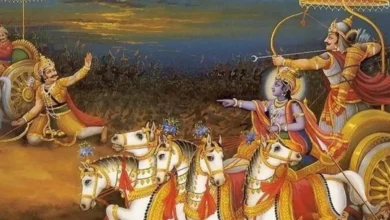
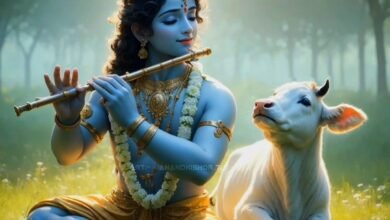
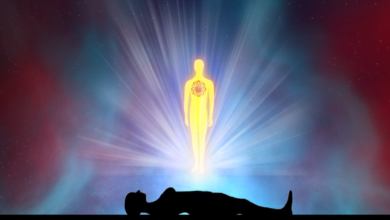
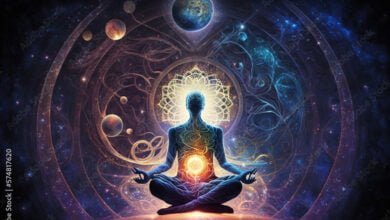
Rattling wonderful info can be found on weblog.
I really like your blog.. very nice colors & theme. Did you design this website yourself or did you hire someone to do it for you? Plz reply as I’m looking to design my own blog and would like to find out where u got this from. many thanks
Whats up! I simply would like to give an enormous thumbs up for the nice data you have here on this post. I might be coming again to your blog for extra soon.
Thought-provoking
Outstanding feature